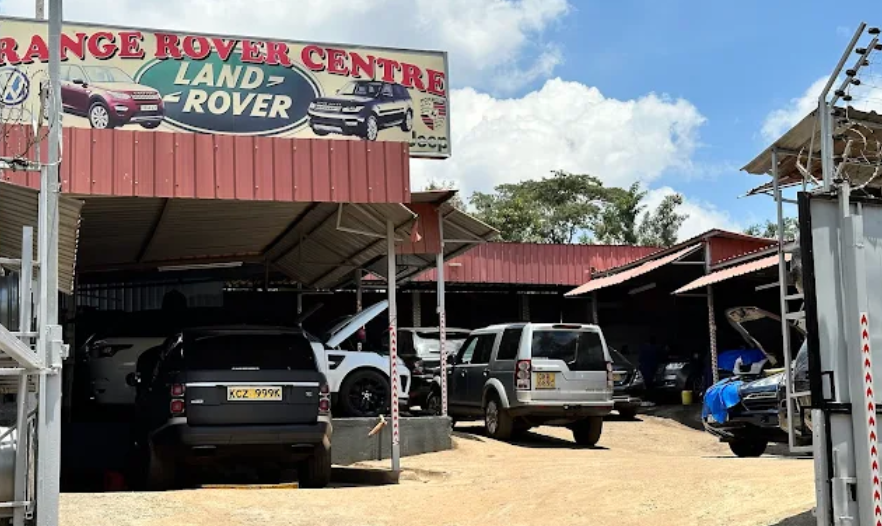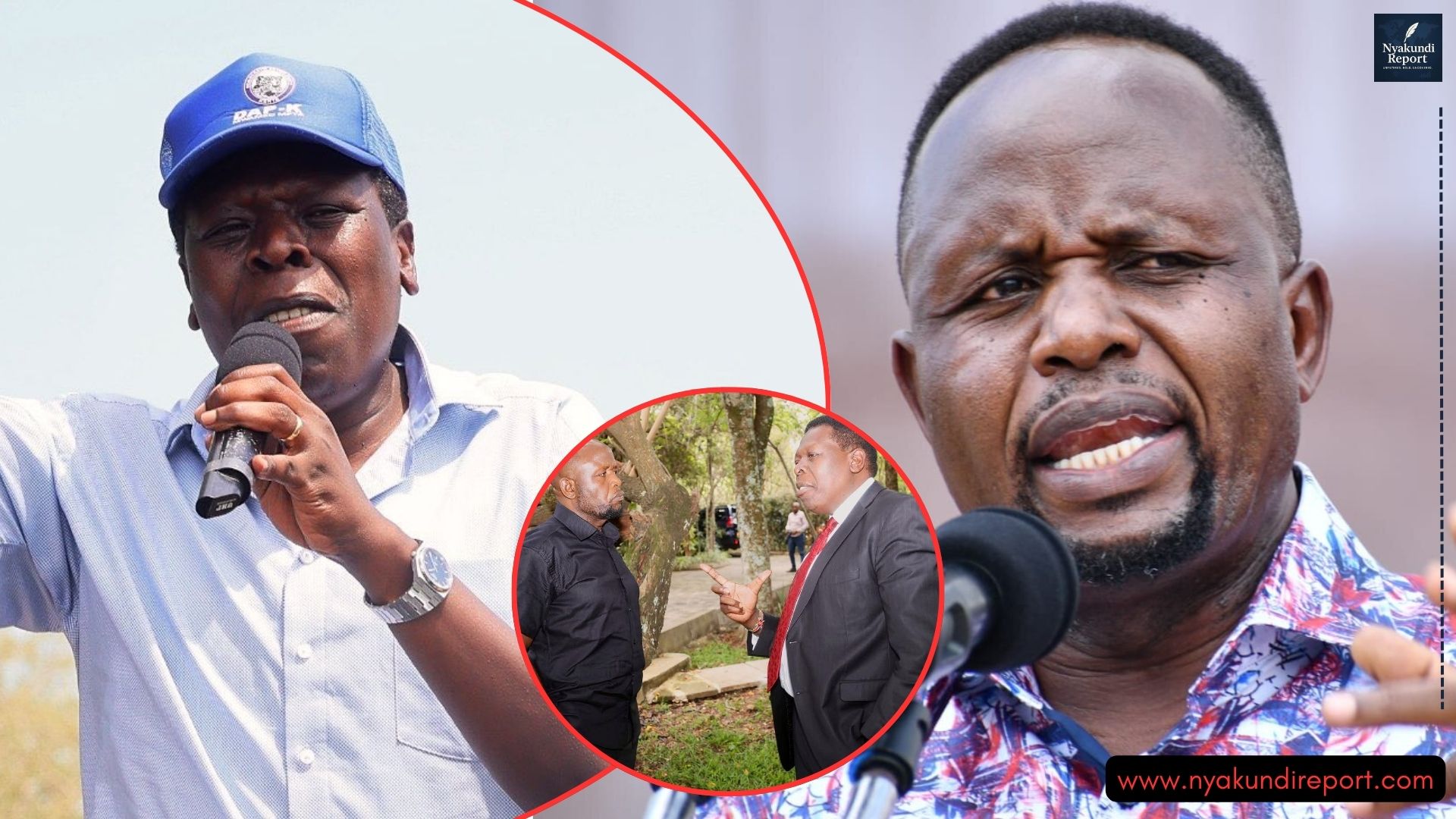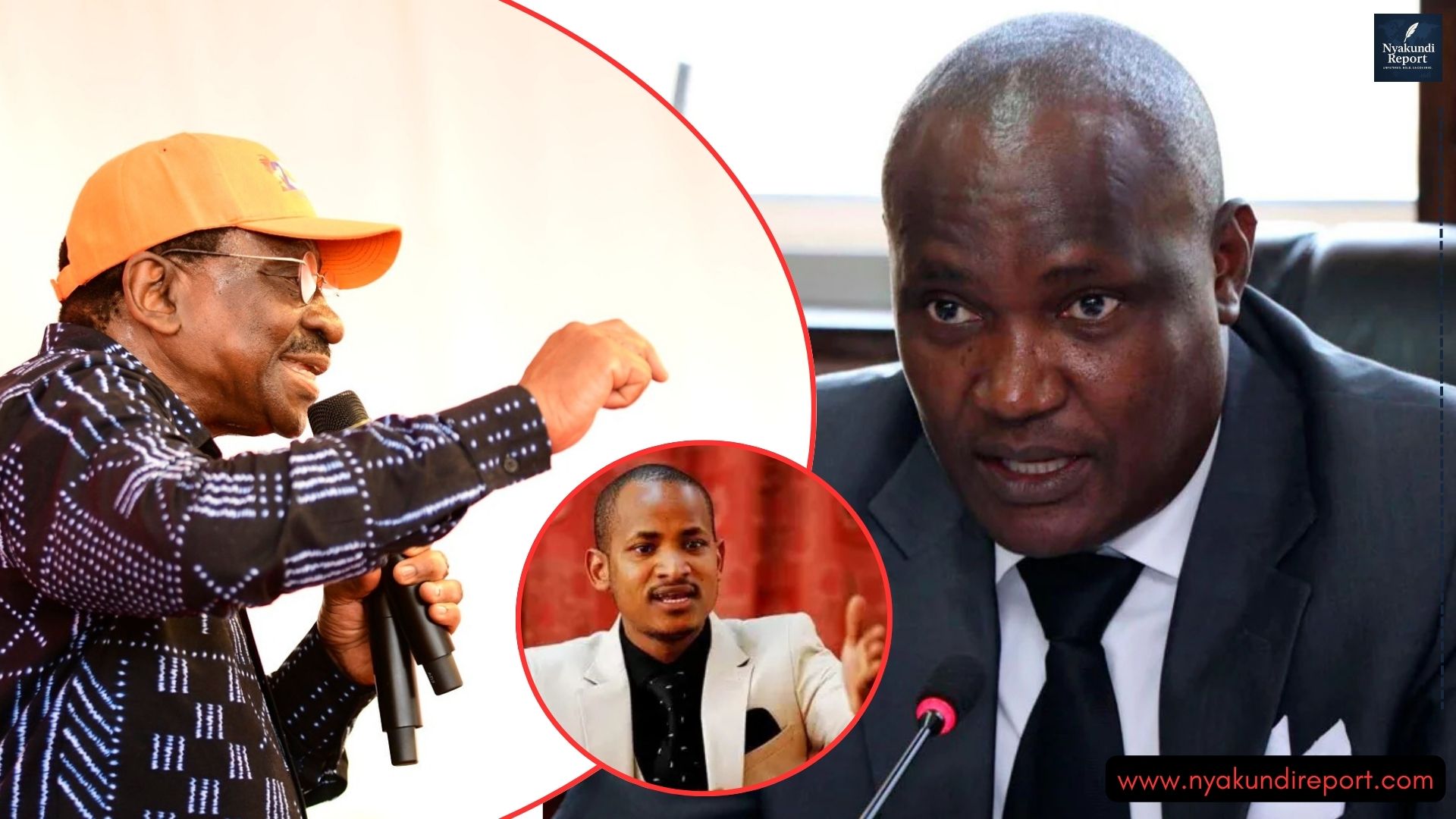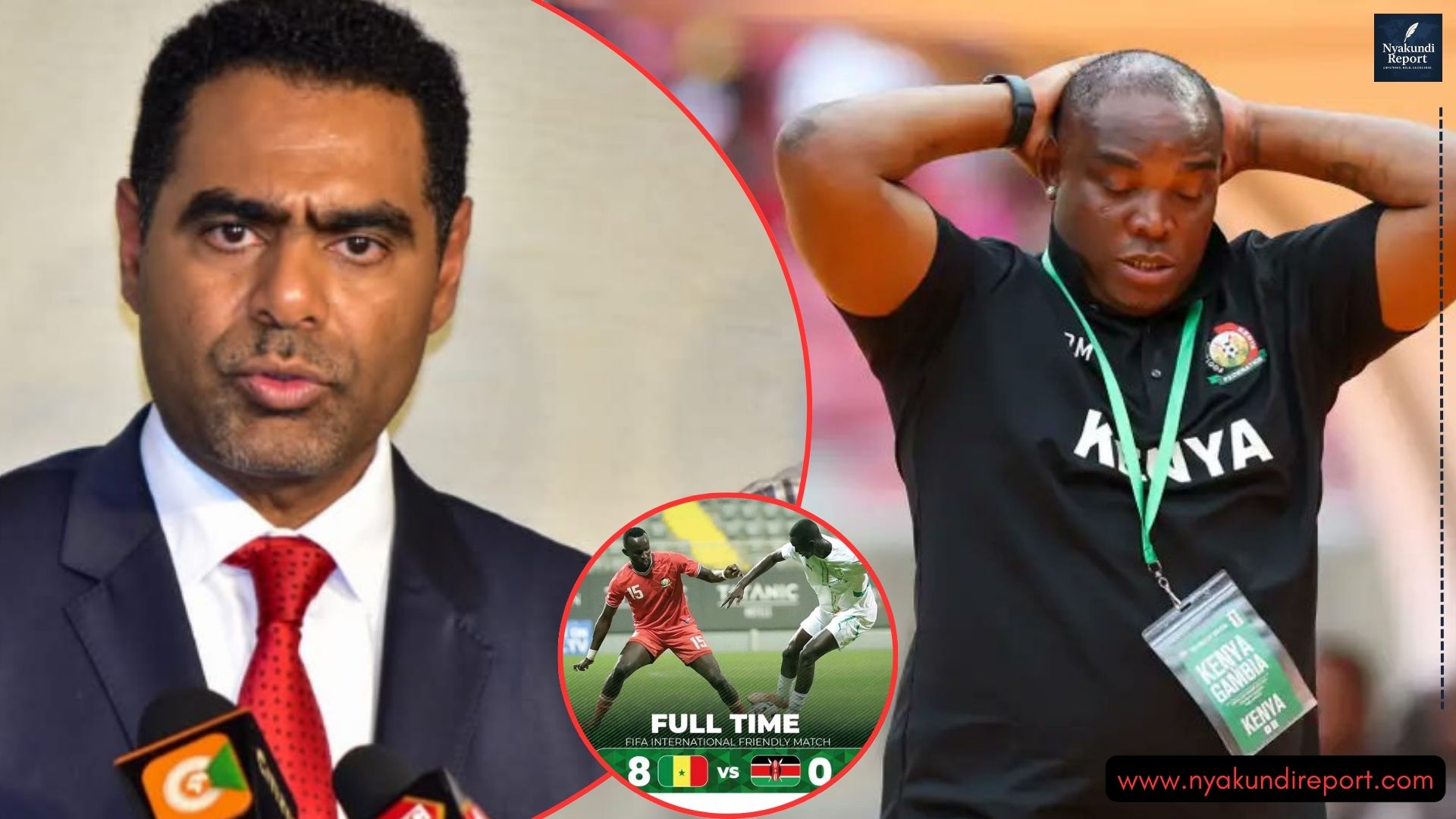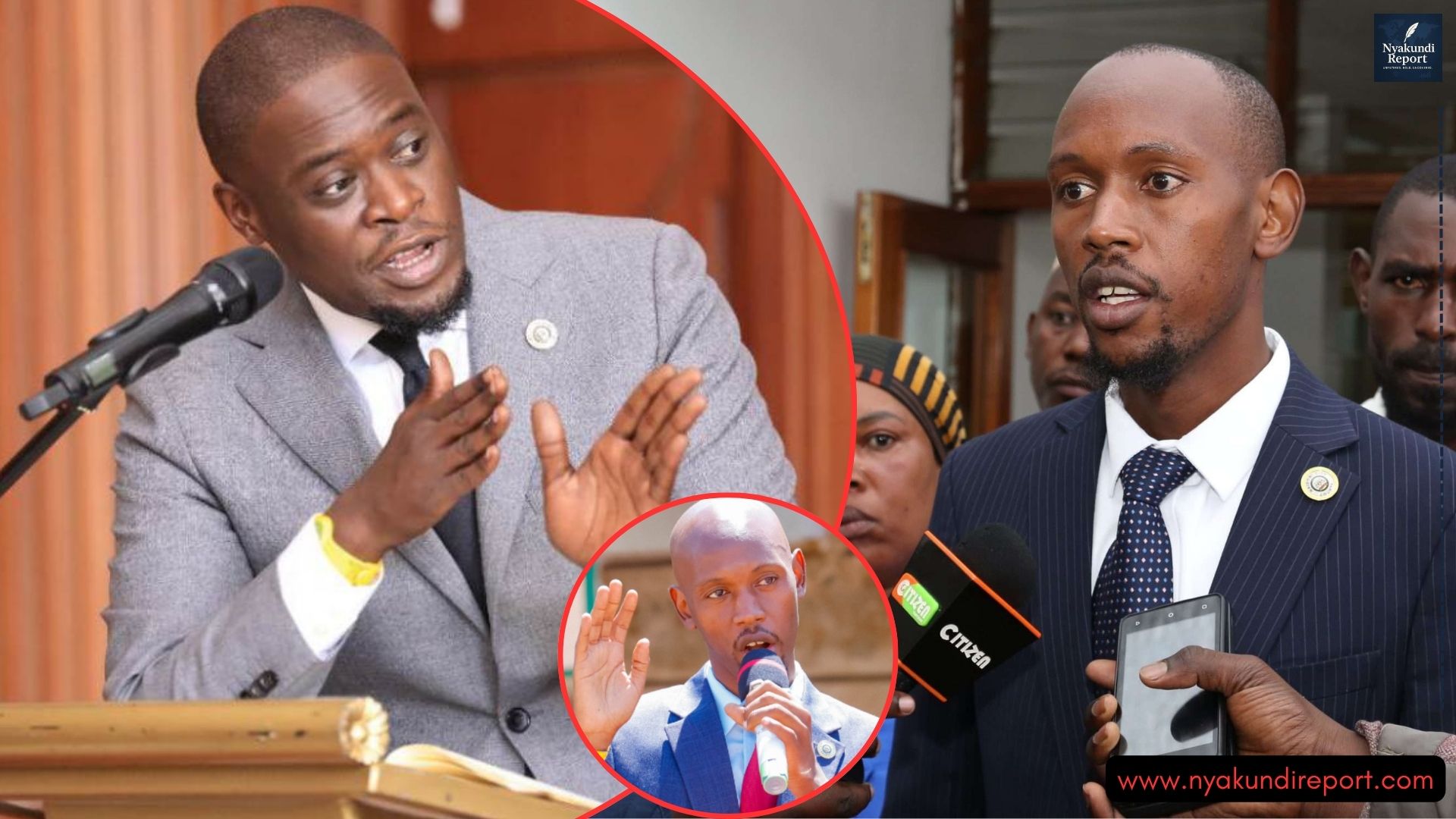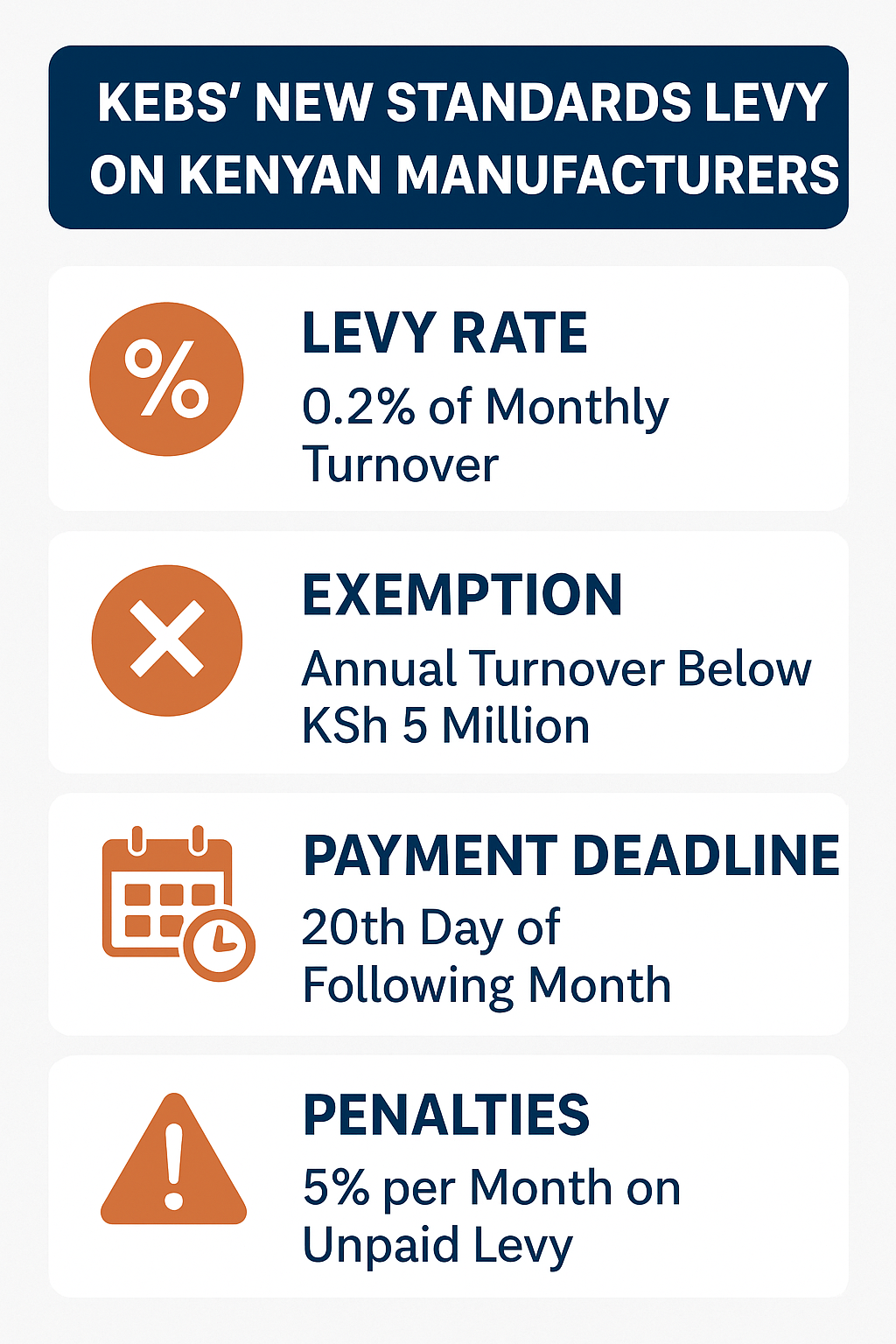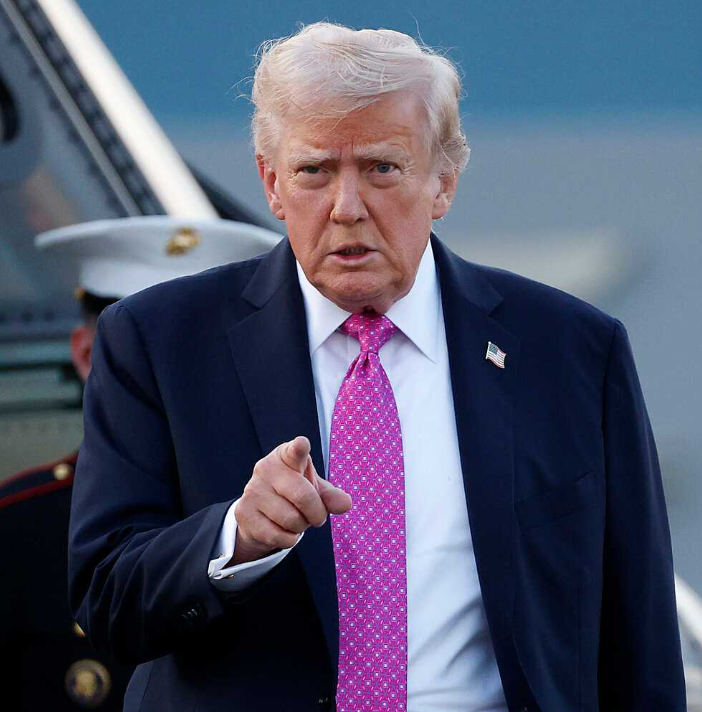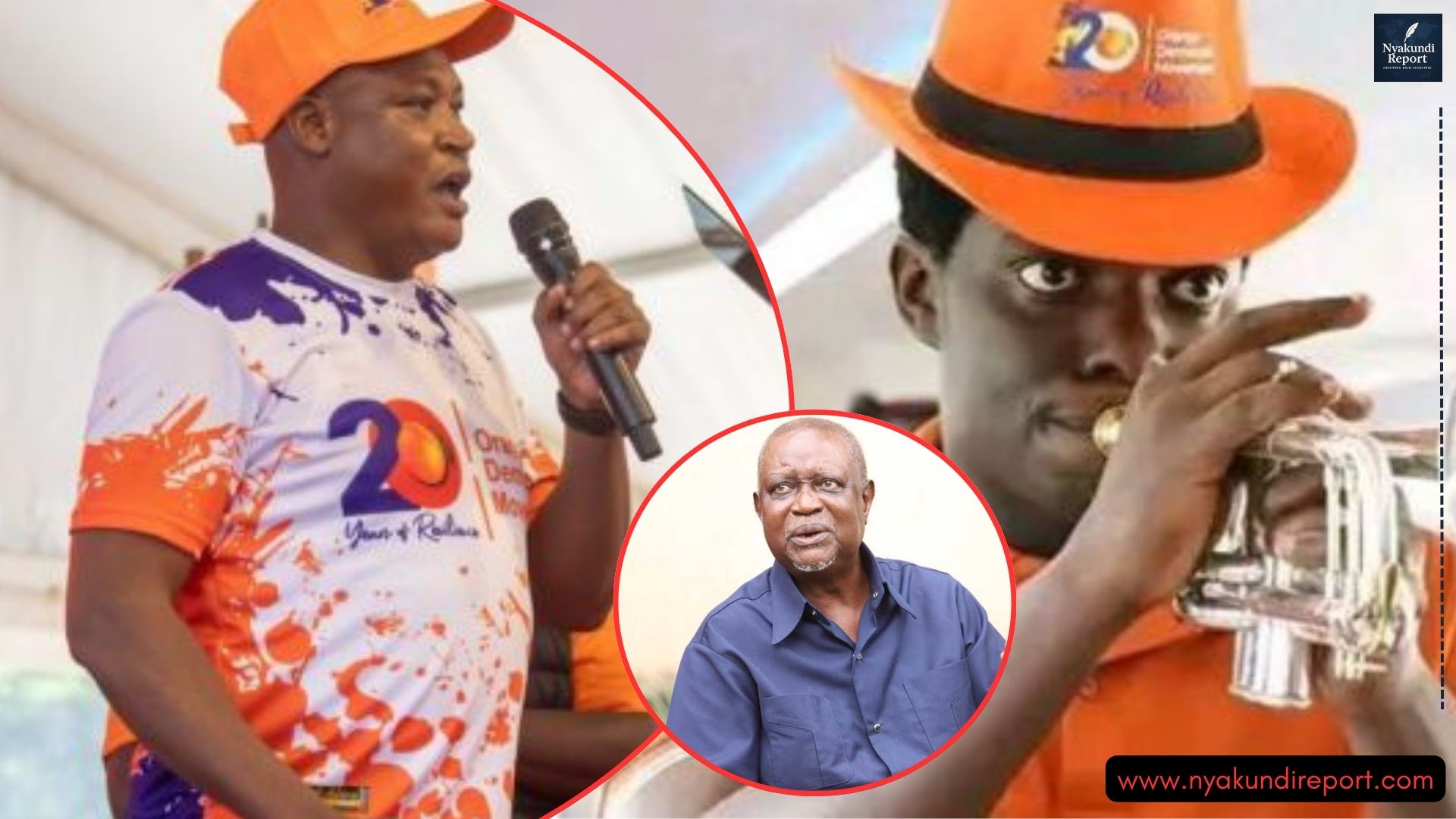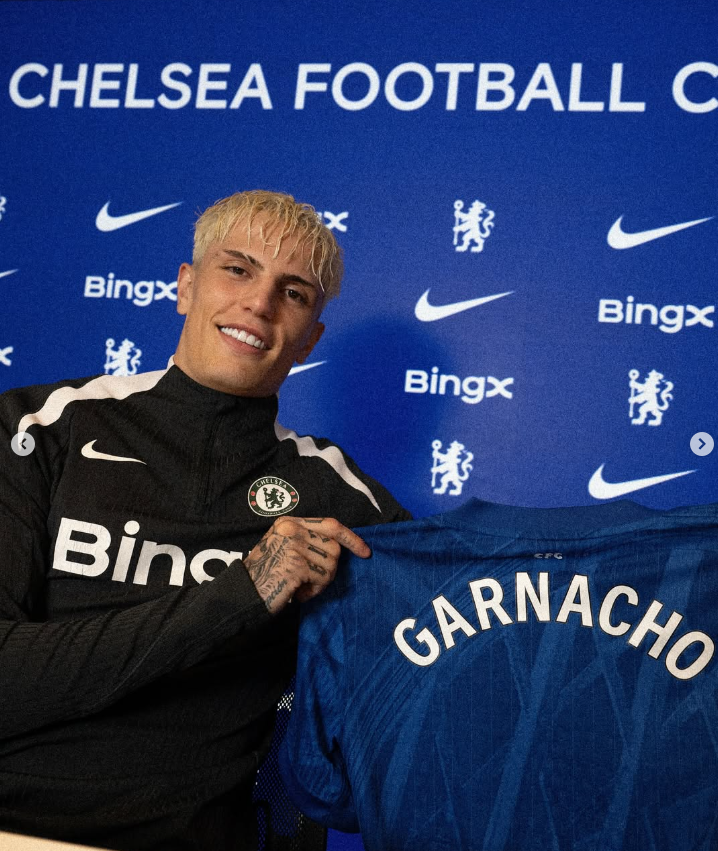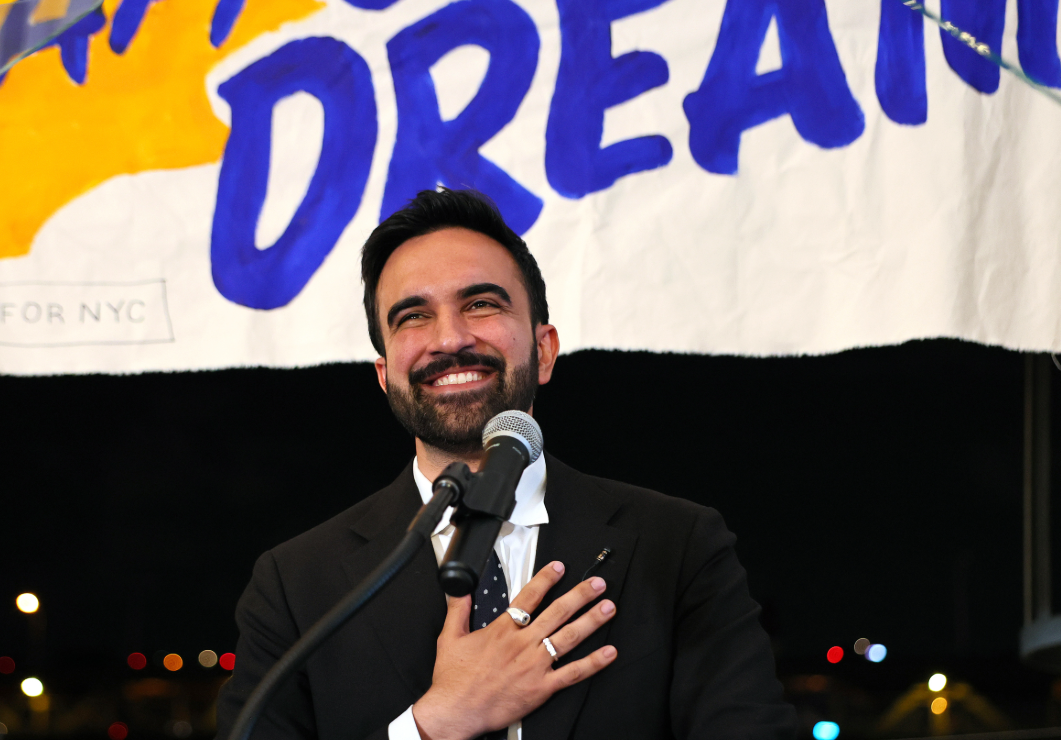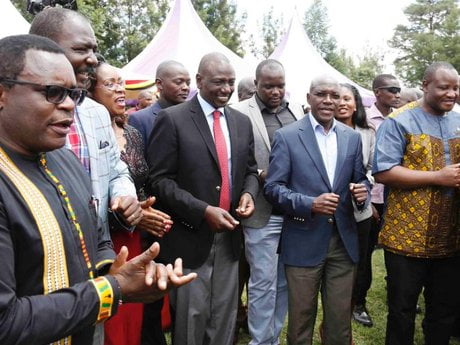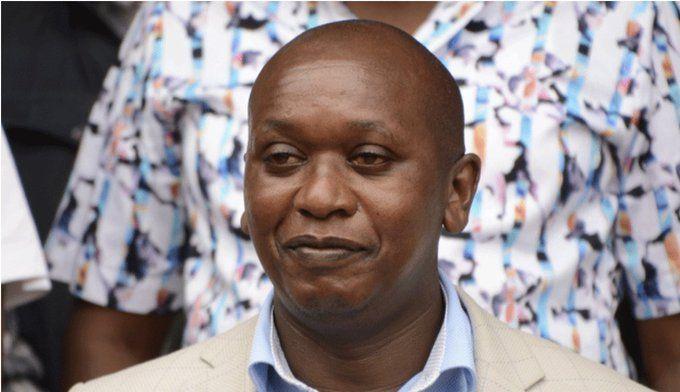In a shocking twist to the chaos that unfolded in Nairobi’s Central Business District (CBD) on June 17, some goons have come forward and confessed that they were hired as political operatives hired them to disrupt peaceful protests.
Speaking anonymously to Citizen TV, the men—most of them battered, broke, and scared—revealed a dark and well-coordinated plan to sabotage a march meant to honour the late Albert Ojwang, who died in police custody.
Their accounts paint a disturbing picture of how vulnerable youth from informal settlements were manipulated with empty promises and turned into pawns of political violence. The goons were promised Ksh2,000, but many received only Ksh50—if anything at all.
Instead of cash, they were left with injuries and shame. And the names linked to their recruitment include some of the capital’s most controversial figures.

Inside the Recruitment and Deployment of Nairobi’s Protest Goons
The goons who disrupted the CBD protests did not just appear randomly—they were recruited, mobilized, and strategically deployed.
According to confessions aired by Citizen TV, most of the recruits were drawn from Nairobi’s sprawling slums, including Korogocho, Kibera, and Mathare. One of them, speaking with a bandaged head and a swollen arm, explained that he joined a group of 83 young men after being promised Ksh2,000 for the day.
“We were told we’d get the money after the job was done,” he said. “But they gave us only fifty shillings and told us to wait. We never saw them again.”
The “job” was clear: disrupt the protests, scare demonstrators, loot shops, and flee before police intervened.
The coordination was sophisticated. The goons were gathered at specific staging points—one being the junction near Dennis Pritt Road and another at Greenpark Terminus. From there, they were loaded onto boda bodas and unleashed into the CBD.
They arrived wielding sticks and iron rods. What began as a peaceful protest over police brutality turned into chaos. Shops were broken into, vehicles were vandalized, and ordinary Nairobians fled for safety.
Swaleh, Gaucho, and Political Puppeteers Named
Behind the scenes, names long associated with political mobilizations began to surface. Among them: the notorious Swaleh and activist Gaucho.
One of the goons claimed Swaleh was the man who promised to pay them after the job. But after the chaos, Swaleh disappeared. In fact, viral footage later emerged showing Swaleh on his knees, apologising—rumoured to be somewhere upcountry in hiding.
Gaucho, also linked to the operation, has strongly denied involvement. He claimed he wasn’t even in the country during the incident.
The biggest name dragged into the scandal, however, is Nairobi Governor Johnson Sakaja. Multiple reports had alleged that Sakaja convened a secret meeting with Swaleh, Gaucho, a Nairobi MP, and an MCA on Sunday, June 15, where he allegedly released Ksh2 million to sponsor the goons.
But Sakaja came out swinging. He denied the claims and provided ticket receipts showing he was in Lugari on that day, only returning to Nairobi on Monday, June 16.
“These are blatant lies,” Sakaja said. “I haven’t seen Gaucho since the Mukuru Housing launch. I haven’t seen Swaleh in months.”
Confessions of Sakaja Goons—Betrayed, Injured, and Hunted
For the goons, however, the price of their involvement has been painful. Some of them were caught and beaten by angry vigilante groups in downtown Nairobi, furious that their businesses and streets had been turned into battlegrounds. Others suffered broken bones in the chaos.
“We didn’t even know it would be this serious,” one of them said. “Now I can’t even go back home. People think I’m a criminal.”
The police, accused of turning a blind eye during the violence, have also come under fire. Videos posted on social media show uniformed officers casually watching as goons looted businesses and attacked protesters.
Yet no high-profile arrest has been made. Swaleh remains in hiding. No politician has been summoned. And the young men who were used to wreak havoc continue to suffer in silence.

